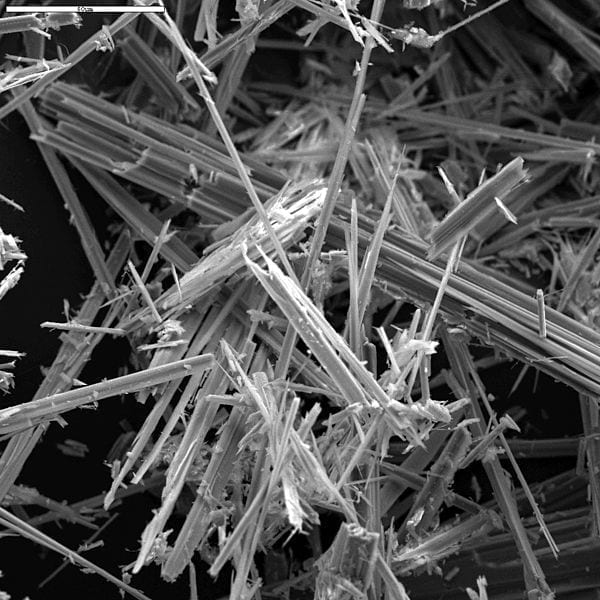A legal claim filed against the City of San Diego alleges that officials let hundreds of employees remain in dangerous, asbestos-filled buildings to save money on lease cancellations.
The San Diego Tribune reports that ‘weeks after employees were moved from a rented high rise south of City Hall,” Deputy Chief Operating Officer Ronald Villa said a planned relocation had been delayed.
According to Villa, the city didn’t want to pay $1 million for breaking its lease on the location early.
“The city exposed its employees to deadly asbestos for months while they occupied the 1010 Second Ave. building, and then the city concealed the significance of the asbestos exposure its employees suffered,” says the claim.
City officials have yet to issue any statement on the claim’s specific allegations. As the San Diego Tribune notes, the claim serves as a legal formality and likely precedes a formal suit. Nevertheless, the city did say it prioritizes employee safety.
“The city takes the workplace conditions of its employees seriously and that’s why action was taken to remove all employees from the building once potential asbestos was discovered,” the statement said. “City employees were instructed to leave all their equipment and personal belongings inside to prevent additional contamination.”
And city leaders say they plan to sue the building’s owner on behalf of San Diego and its public employees.
The employee claim was signed off on by city attorney Maria Severson, who expects up to 550 employees may join the suit.
“They’re nervous,” Severson said. “Some people have acute illnesses and symptoms as a result of the exposure but what the majority of them have is a fear of cancer, which is a recognizable claim.
“They are forced to live their life wondering if it is going to materialize.”
The Asbestos Network claims that there is ‘no safe amount for exposure,’ and that simply inhaling asbestos fibers on one or few occasions could cause cancer. Moreover, the illness doesn’t often appear quickly—it can take anywhere from 10 to 80 years to develop.
The two-page legal claim seeks an unspecified amount in damages. Attached, says the Tribune, were 16 pages outlining the building’s renovation history and a timeline detailing asbestos removal efforts.
San Diego evacuated the 1010 Second Ave. site in January of 2018. It was being remodeled. However, a sample of construction debris tested positive for asbestos, prompting the city to clear its employees out.

Worker complaints had first surfaced in August, but formal testing wasn’t initiated until January. San Diego didn’t begin evacuations until the end of the month, weeks after the first sample had shown definite traces of asbestos contamination.
“The reason why it too so long is there was no way for us to break the lease and we would have been held liable for all of that,” Villa said in a city meeting. “Now that is over $1 million. Is that worth everybody’s whatever? Maybe, maybe not.
“The fact is there is a cost to that and we would have been in litigation over that,” Villa continued.
Villa promised to provide copies of the test results on the city website and disburse copies of pending reports to employees.
The tower’s owner, 180 LLC, told local channel 10News that EPA regulations had been followed while constructing and maintaining the building.
“The building has always been habitable,” a spokesperson said. “It’s met all EPA regulations and has never been shut down. There is no ongoing issue.”
However, former San Diego councilman Michael Zucchet said that even before employees learned about their inadvertent exposure to asbestos, working conditions inside the complex had been difficult.
“It wasn’t just about the asbestos,” Zucchet said. “There was dust and noise and walled-off windows. Anybody who has lived through a home remodel knows it’s terrible. The city just kept saying they had nowhere else to place the employees.”
Sources
550 San Diego city workers relocated due to asbestos
City employees exposed to asbestos for months before they were moved, claim alleges
How Much Asbestos Exposure Is Harmful? There Is No Safe Amount.


Join the conversation!